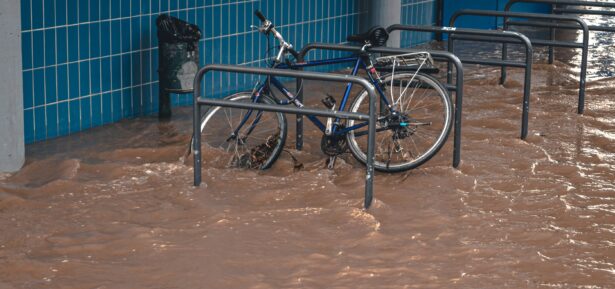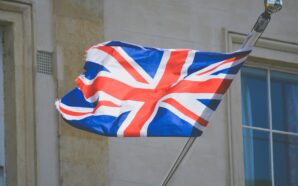Nowadays nobody can imagine how the English capital would be like without its public underground system. And the strikes organized throughout its 150 years of existence have repeatedly demonstrated that London is frozen without it. Even though weekend closures and delays are not something uncommon for the London Underground system, the system which opened in 1863 has become part of every Londoner’s life. Because of all these, the 150th anniversary of the tube could only be marked by a sumptuous celebration. Organizers have decided to bring back a steam train to the railways as part of the celebration. The route chosen for this has a great historical significance, as it is the first tube journey ever made, between Paddington and Farringdon. But the surprises do not stop here. It appears that the trains will also include the first carriage ever created, the Metropolitan Railway Jubilee Carriage, number 353. This has been successfully restored, mainly by using funds obtained from the Heritage Lottery.
These journeys are only part of a series of events, which will continue throughout the month in order to mark 150 years of existence for the London Underground system. Furthermore, 2 new £2 coin models will be put into circulation in 2014, both inscribed with symbols related to the underground system of the English capital. Not to mention about issuing a brand new Oyster card model. Oyster is the card Londoners use to get on the tube. This can be topped up with cash, weekly or monthly passes and even managed online. The series of events will be finalized with art and poems, but also theatrical events that will take place at one of the stations in the central part of London. Mike Brown, managing director for the London Underground said the system has been vital for the success of the English capital and that with every improvement in terms of the expansion of the underground London has seen some progress. He remembered the contribution of the tube towards the development of Canary Wharf, which nowadays is perhaps the biggest financial center in the old continent. The recent success of transporting so many people for the London 2012 games is also worth mentioning and will surely remain in the history of the tube.
The managing director also added that even though lately the employees were busy arranging the series of wonderful events, the improvement works were not forgotten and that there is a complete struggle to replace trains with new models and create a network that can be truly associated with the 21st century, helping London remain one of the biggest economic powers in Europe. At first, steam engines were used for the majority of trains that were part of the system, but nowadays electric-powered carriages dominate the tube. This represented a major progress, as steam caused pollution to the underground air. The Metropolitan line was the first line of the London Underground system and the first tracks created measured no more than six kilometers, being located between Farringdon Street and Paddington. On the other hand, the newest line of the tube is the Jubilee line, which was opened in 1979 and at that time ran between Stanmore and Charing Cross. Nowadays there are 275 stations and over 400 kilometers of railway.
-
Plans for Neom’s ambitious “The Line,” a zero-carbon city in Saudi Arabia, have been revised, scaling back its initial...
-
In a significant escalation of the ongoing dispute over misinformation, Brazil Supreme Court Justice Alexandre de Moraes has initiated...
-
Mumbai Takes the Throne for the Most Billionaires in Asia In a historic milestone, Mumbai has overtaken Beijing to...
-
French President Emmanuel Macron emphasized the need for Western powers to remain vigilant in the face of the Ukraine...
-
The Philippines has strongly denounced what it described as “unprovoked acts of coercion and dangerous maneuvers” by China in...
-
As Moscow Prepares to Bid Adieu, Navalny’s Funeral Raises Uncertainties and International Allegations The spokesperson for Alexei Navalny has...
-
On the two-year anniversary of the ongoing conflict between Ukraine and Russia, there is much to reflect upon. Since...
-
The Office for National Statistics (ONS) released official figures on Wednesday, revealing that the United Kingdom posted a record...
-
Greece has become the first Christian Orthodox-majority country to legalize same-sex marriage, marking a significant step forward for LGBTQ+...
-
Massive Deflation in China as CPI Plummets by 0.8% China faces mounting challenges as its consumer prices spiral deeper...
-
3 Days of Consecutive Snowing Has Wreaked Havoc on Transportation As China prepares to celebrate the Lunar New Year,...
-
Rapid Growth in Electric Cars Propels China to The Forefront of Global Vehicle Exports China has surpassed Japan as...



















